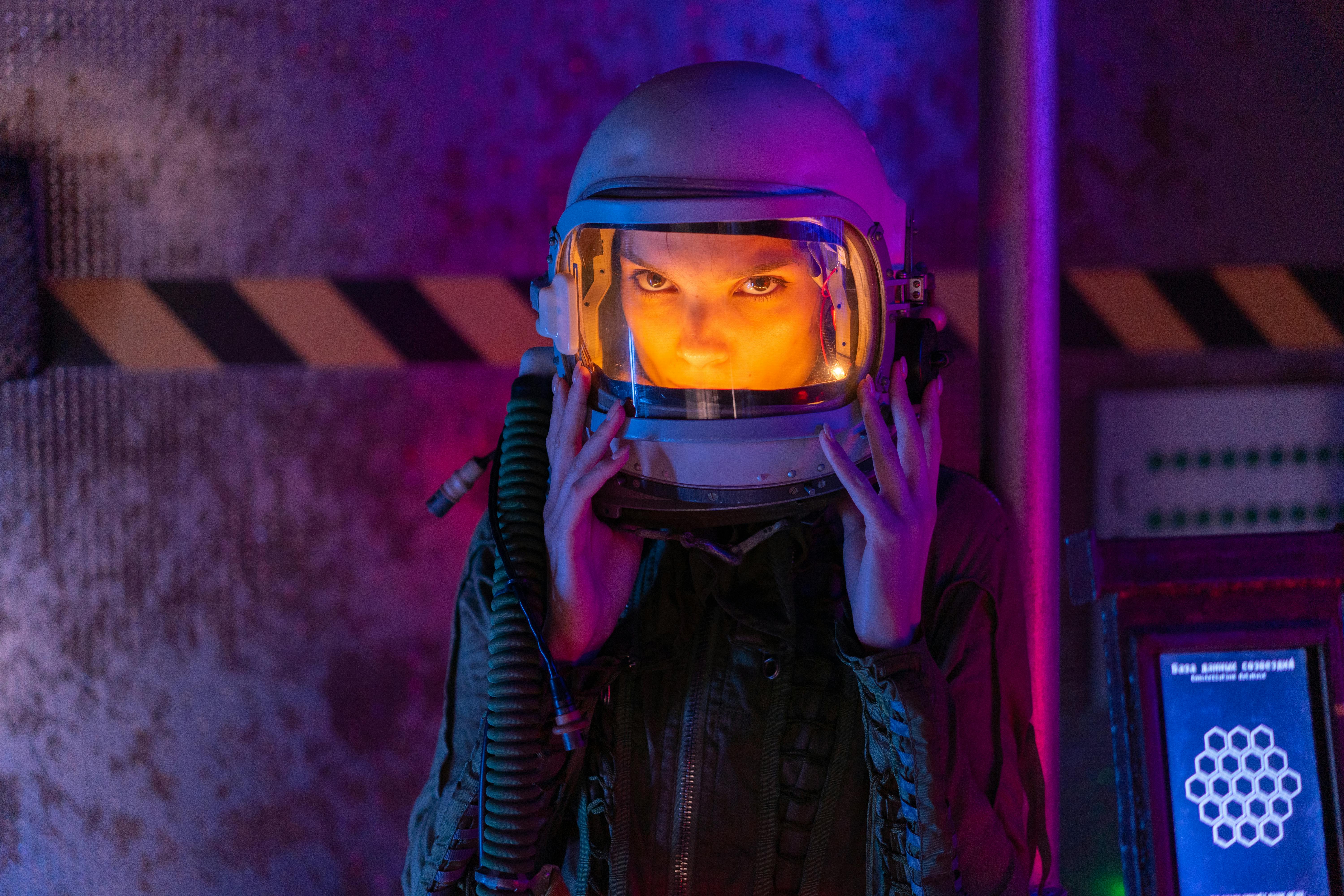
Introduction
The space race has taken a dramatic turn with India’s significant contributions to the field of space exploration. In a groundbreaking achievement, Group Captain Shubanshu Shukla, a test pilot of the Indian Air Force, marked a historic milestone by becoming the first Indian astronaut to visit the International Space Station (ISS) aboard a SpaceX Dragon spacecraft as part of Axiom Mission 4. This moment not only exemplifies India’s rapid advancements in space technology but also reflects the country’s growing aspirations to play a significant role in global space exploration.
Shubhanshu Shukla: From Gandhinagar to the Stars
Hailing from Gujarat, Group Captain Shukla’s journey to becoming an astronaut shows incredible personal determination and confidence in India’s capabilities in space exploration. As an esteemed test pilot of the Indian Air Force, he dedicated numerous years to perfecting his skills in aviation and expanding the possibilities of aeronautics. However, the ISS mission has elevated these experiences to unprecedented heights, quite literally, as he embraced a new frontier.
The mission launched from Cape Canaveral aboard a SpaceX Falcon 9 rocket, which itself is a testament to modern aerospace engineering. Shukla’s participation represents a significant leap for India; it marks the nation’s first human presence in what is arguably the most sophisticated scientific laboratory in space – the ISS.
Axiom Mission 4 and the Technology Behind It
Riding in a Dragon capsule named ‘Grace,’ Shukla experienced the full power of 21st-century space technology. The Falcon 9 rockets, known for their reusable boosters, catapulted the crew into orbit with precision and efficiency, showcasing SpaceX’s expertise in reliable repeat missions.
The Dragon spacecraft is equipped with advanced technologies such as autonomous docking capabilities, state-of-the-art life support systems, touchscreen controls, and sophisticated heat shields. This mission not only provided comfort but also offered invaluable insights into operational space systems that will directly benefit India’s upcoming crewed space missions.
Research in Space: India’s Scientific Contribution to the ISS
Once aboard the ISS, Shukla transitioned from astronaut to researcher. Rather than merely being a passenger, he actively collaborated with NASA and ISRO to conduct India-led microgravity experiments. Among these experiments was an investigation into the effects of microgravity on food microbes, which are essential in understanding long-term space missions.
Additionally, Shukla focused on analyzing how astronauts interact with electronic screens in a zero-gravity environment. This research is a crucial step forward in enhancing the design and comfort of future crew vehicles designed for space travel.
The outcomes from these experiments hold practical implications, with data feeding directly into India’s Gaganyaan human spaceflight program, allowing Indian scientists to collect data that would otherwise be unattainable on Earth.
The Gaganyaan Connection: India’s Indigenous Space Dream
India’s Gaganyaan mission aims to send its own astronauts into Earth’s orbit aboard a domestically-developed rocket known as the LVM3. Although progress has faced delays due to the COVID-19 pandemic and rigorous technical reviews, participation in the ISS mission provides India with an invaluable real-world experience, exceeding simple simulations.
Shukla’s Insights from the ISS:
- Astronaut training and mental preparation.
- Understanding life support systems in space.
- Troubleshooting and system diagnostics in an operational setting.
Furthermore, ISRO is diligently testing environmental control and life support systems (ECLSS) for Gaganyaan, including innovations in waste recycling, food systems, and thermal regulation. Shukla’s firsthand experiences will greatly assist in refining these crucial systems.
India’s Future in Space: From Landing on the Moon to Space Stations
India’s ambitions do not stop at low Earth orbit. Following the successful achievements of Chandrayaan-3 and Aditya-L1, the nation’s roadmap for space is pushing toward ambitious goals:
- Chandrayaan-4, India’s first Lunar Sample Return Mission.
- Development of the Indian space station, slated for completion by 2030.
- Advancement in artificial intelligence and autonomous docking technology.
- This historic mission signifies a critical milestone toward realizing these grand aspirations.
The Rise of India’s Private Space Sector
While ISRO has been at the forefront of space exploration, the rise of India’s private space sector has emerged as a vital contributor to the industry. The ISS mission exemplifies the successful collaboration between government and private initiatives, illustrating how this synergy can empower India’s position in the global space arena.
- Skyroot Aerospace is currently testing reusable rocket technologies.
- Agnikul Cosmos is working on mobile launch pads and innovative 3D-printed engines.
- Pixxel is developing hyperspectral imaging satellites, enabling the monitoring of crop health and exploring mineral deposits from space.
With support from the Indian National Space Promotion and Authorization Center, these startups are set to play crucial roles in future Indian missions, showcasing the country’s commitment to expanding its capabilities in space exploration.
Conclusion: A Nation Unites in Celebration
What began as a mission launched from the coast of Florida echoes throughout India, symbolizing national pride and achievement. Group Captain Shubanshu Shukla’s journey is not just a personal honor but a reflection of India’s growth in the space domain.
His presence at the ISS positions India as not just a participant in the international space community but as an emerging contender. The data, experiences, and partnerships cultivated during this mission herald a new era—one where Indian astronauts, startups, and scientists collaborate to shape the future of space exploration.
As the countdown reaches its conclusion, India embarks on its ongoing mission. This journey into the stars serves as just the beginning of a remarkable adventure for the nation.